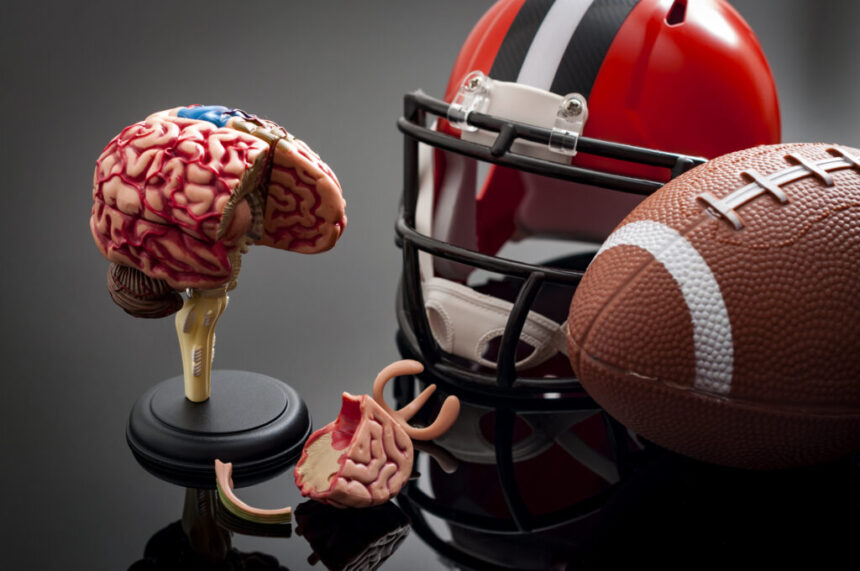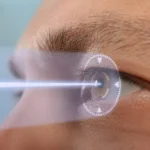Youth sports participation continues to grow across the United States, with millions of children and teenagers engaging in organized athletic activities each year. While sports offer numerous physical, social, and developmental benefits, parents and coaches must understand the potential risks associated with head injury in young athletes. Here is some information about recognizing, preventing, and responding to head injuries in youth sports.
Understanding Head Injuries
A head injury occurs when an external force impacts the skull or brain. These injuries can range from mild bumps to serious concussions that require immediate medical attention. Young athletes face unique risks because their brains are still developing, making them more susceptible to injury and requiring more extended recovery periods compared to adults.
Common types of head injuries in youth sports include concussions, skull fractures, and contusions. Concussions represent the most frequent type of head injury in organized sports, occurring when the brain moves rapidly within the skull due to impact or sudden movement. Proper safety measures, such as helmets and adherence to rules, can help reduce the risk of these injuries.
Recognizing the Signs
Parents and coaches should watch for specific symptoms that may indicate a head injury has occurred. Physical signs include headaches, dizziness, nausea, balance problems, and sensitivity to light or noise. Cognitive symptoms may include confusion, difficulty concentrating, memory problems, or a feeling of mental fog.
Emotional and behavioral changes can also signal a potential head injury. These might include irritability, mood swings, increased anxiety, or changes in sleep patterns. Young athletes may also experience fatigue or feel more emotional than usual.
Identifying Prevention Strategies
Proper equipment is the first line of defense against head injuries. Helmets should fit correctly and meet the latest safety standards for the specific sport in which they are used. Regularly inspecting equipment ensures that protective gear stays in good condition throughout the season. Well-maintained gear can significantly reduce the risk of injuries.
Teaching proper technique is another key to reducing the risk of head injuries. Coaches should prioritize safe methods, such as correct tackling in football or proper heading in soccer. These techniques need to be practiced consistently to become second nature. Reinforcing safety habits during practice helps athletes play more responsibly.
Fostering a safety-focused team culture encourages athletes to report symptoms instead of hiding them. Players need to understand that their long-term health is more important than missing a game. When this message is clear, they are more likely to speak up about potential injuries. Open communication can prevent serious complications from untreated head injuries.
Seeking Medical Attention
Any suspected head injury requires immediate removal from play, regardless of symptom severity. The “when in doubt, sit them out” approach protects young athletes from potentially serious complications. Parents should seek prompt medical evaluation if their child experiences loss of consciousness, repeated vomiting, severe headache, confusion, or unusual behavior following a head impact. Emergency medical care becomes necessary if symptoms worsen or if the athlete loses consciousness for any period.
Find Head Injury Support
Balancing the benefits of youth sports with the prevention of head injuries requires attention from parents, coaches, and athletes. Staying informed about safety practices and prioritizing long-term health over short-term goals helps keep sports positive for young athletes. Preventing head injuries is a shared responsibility among families, coaches, and sports organizations.





